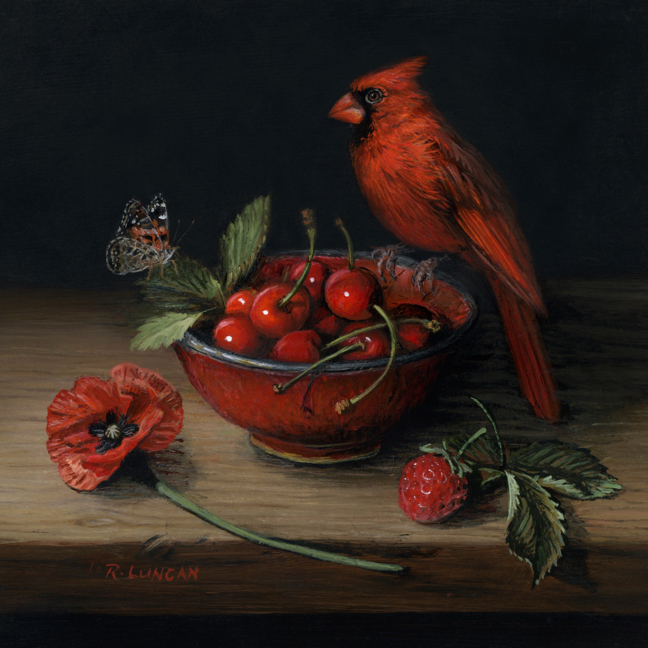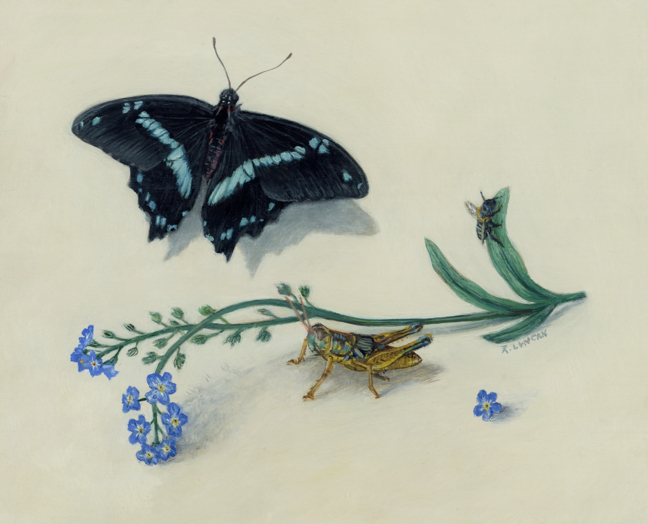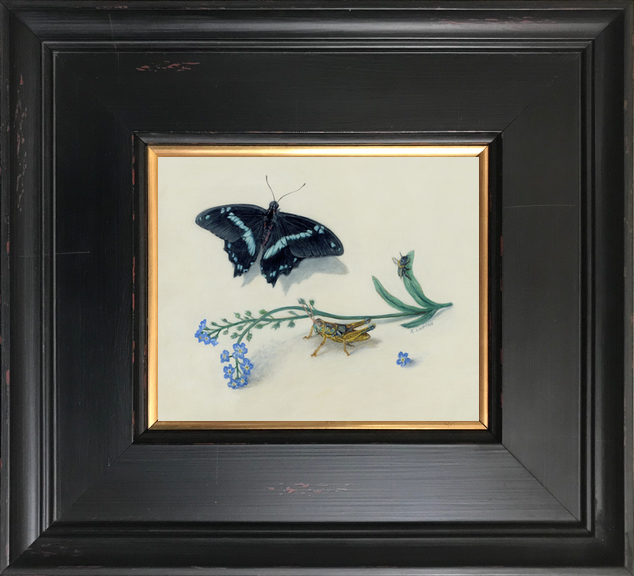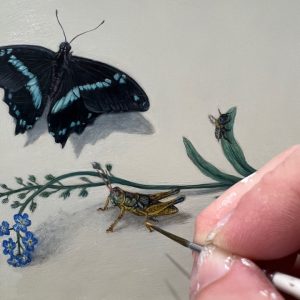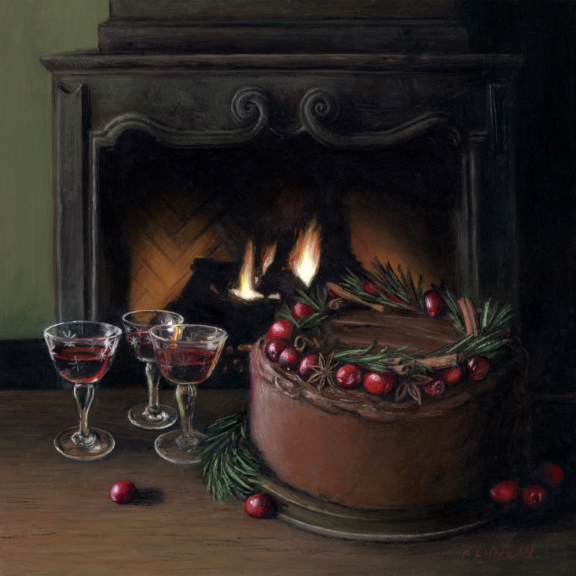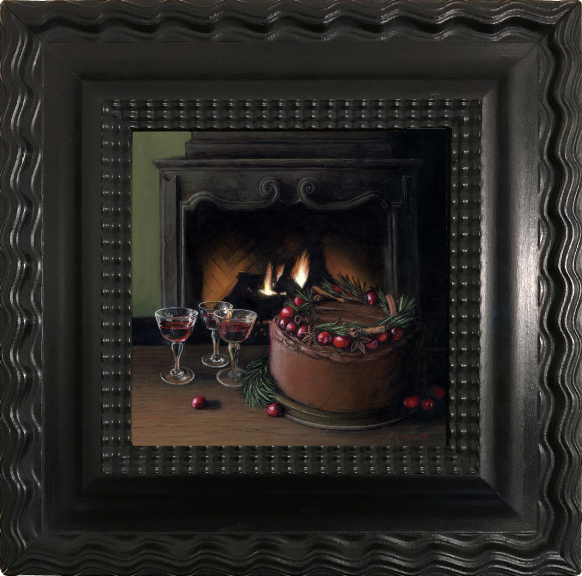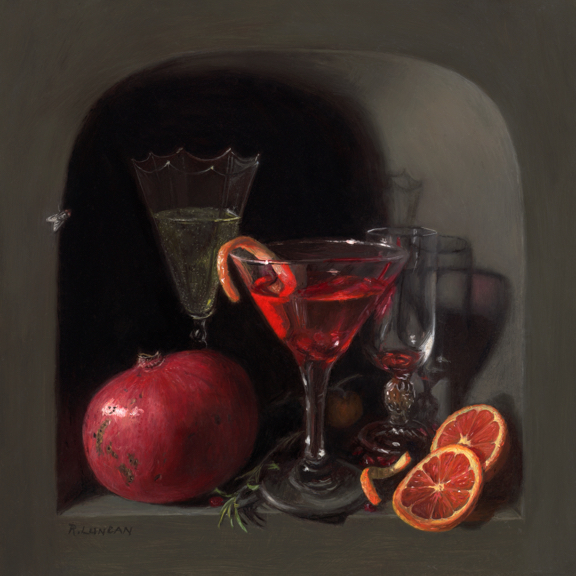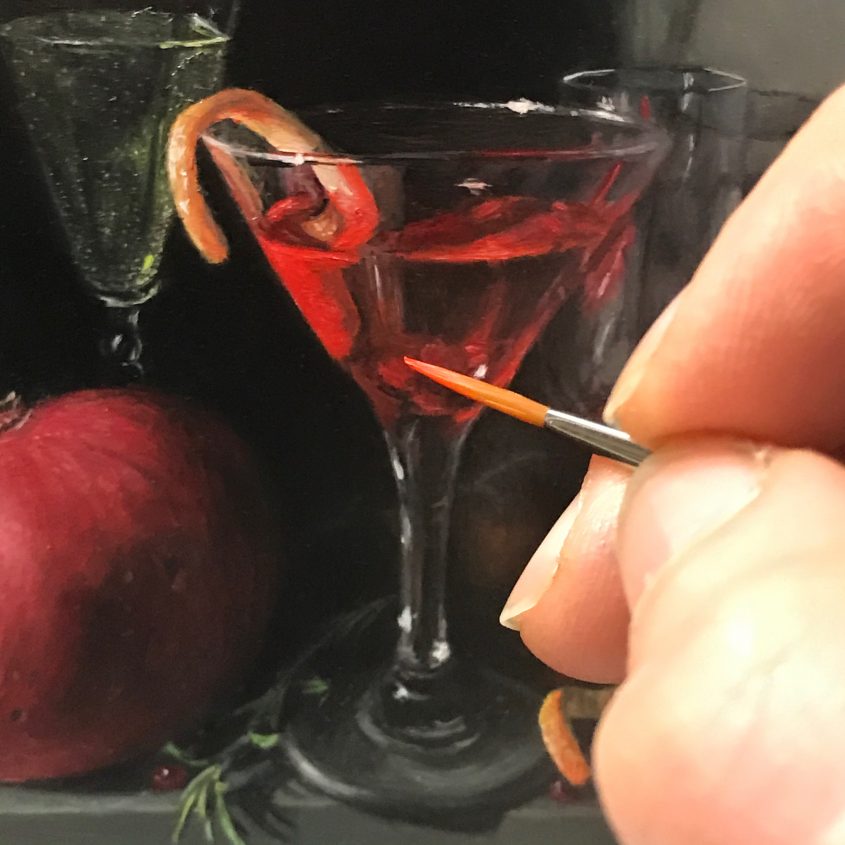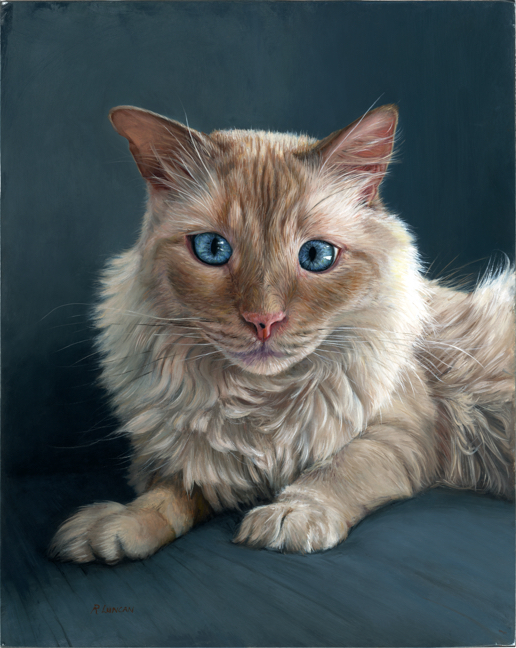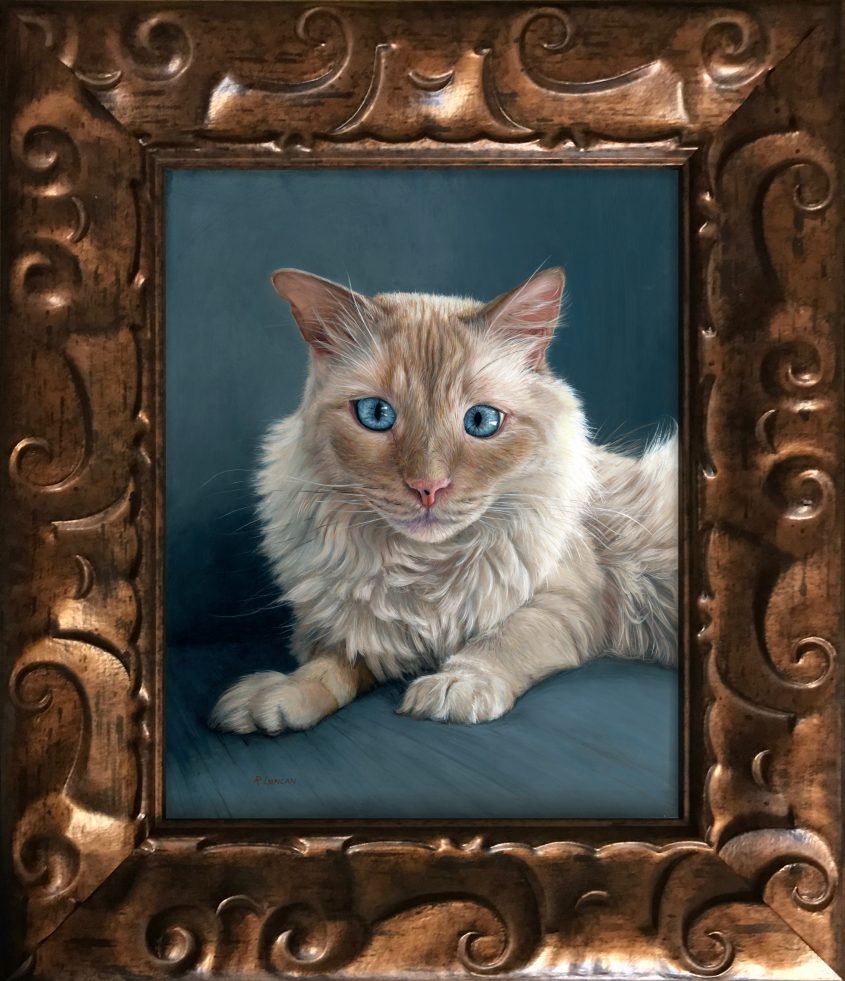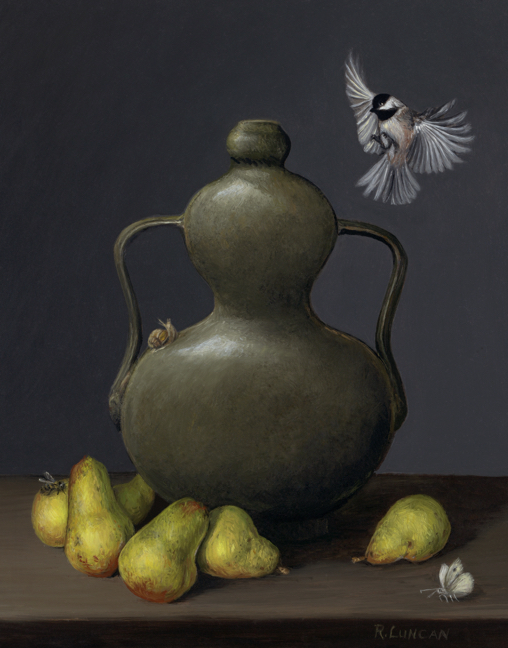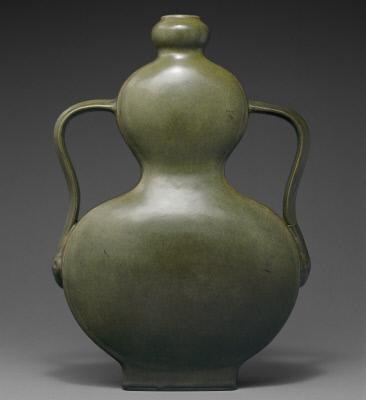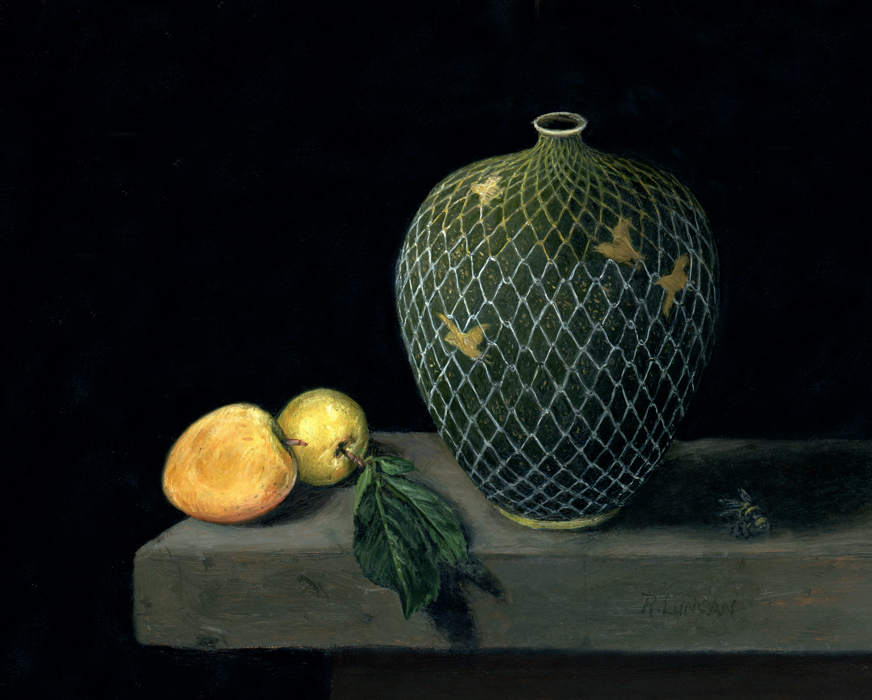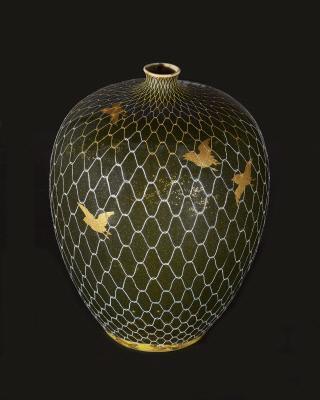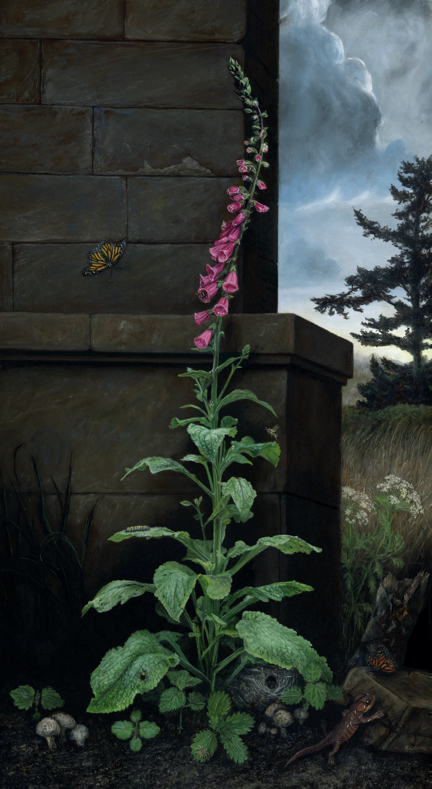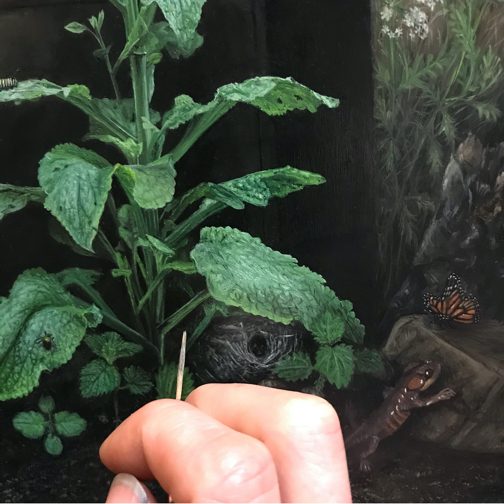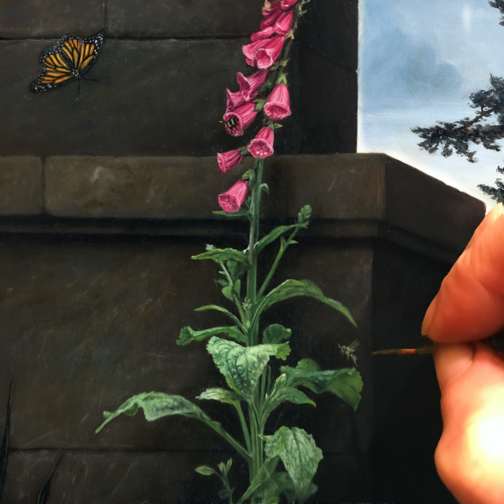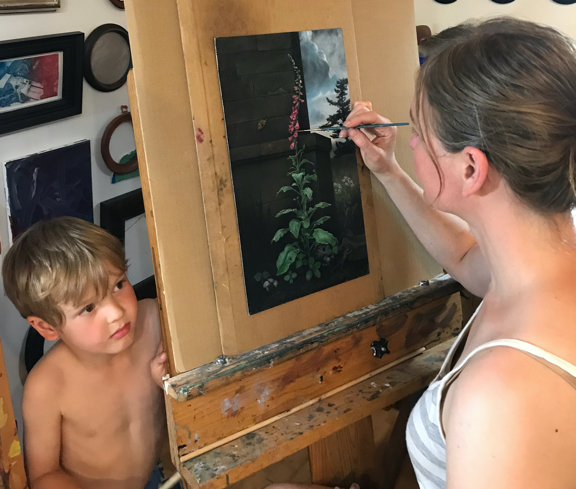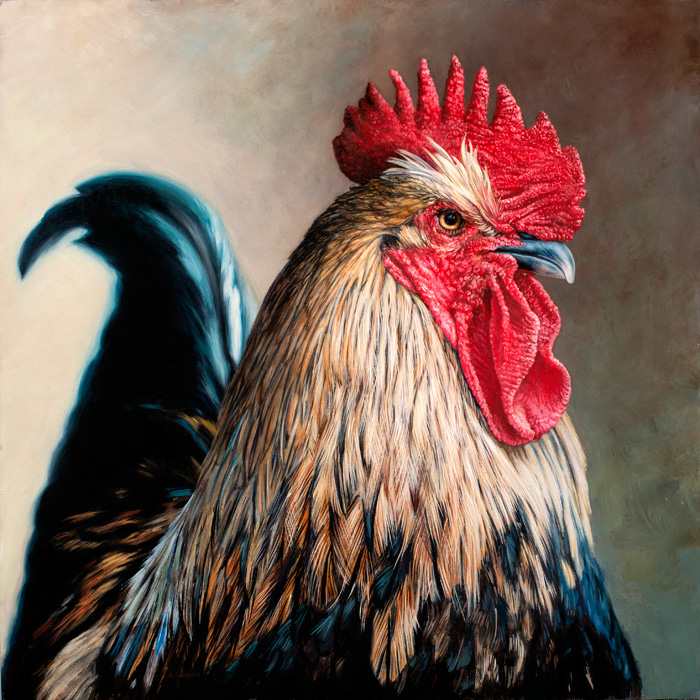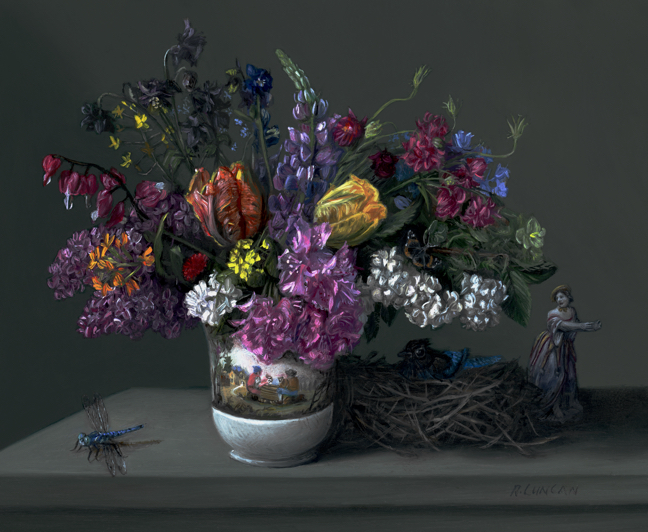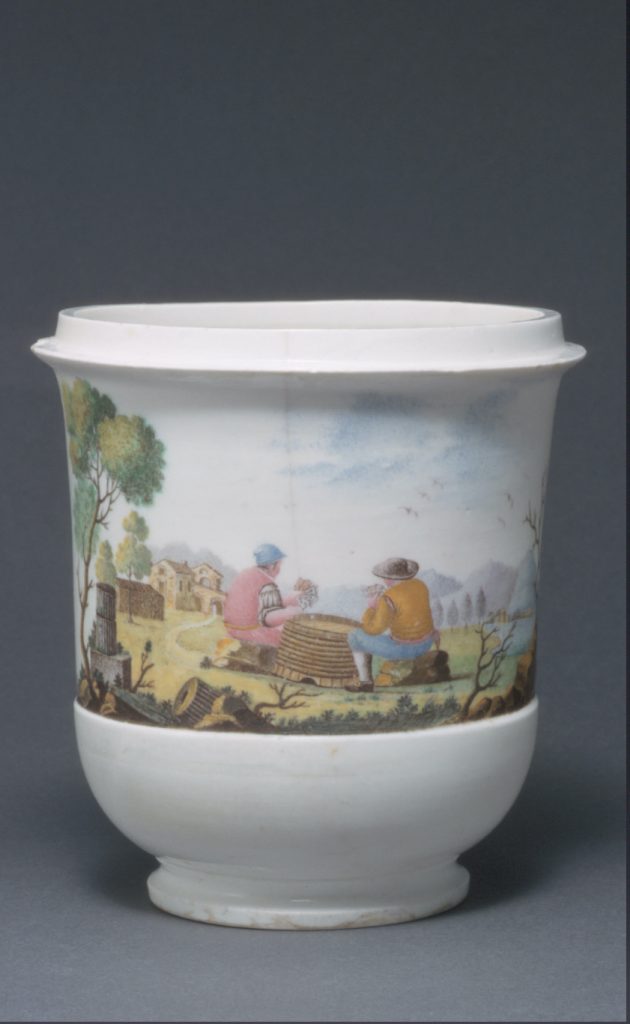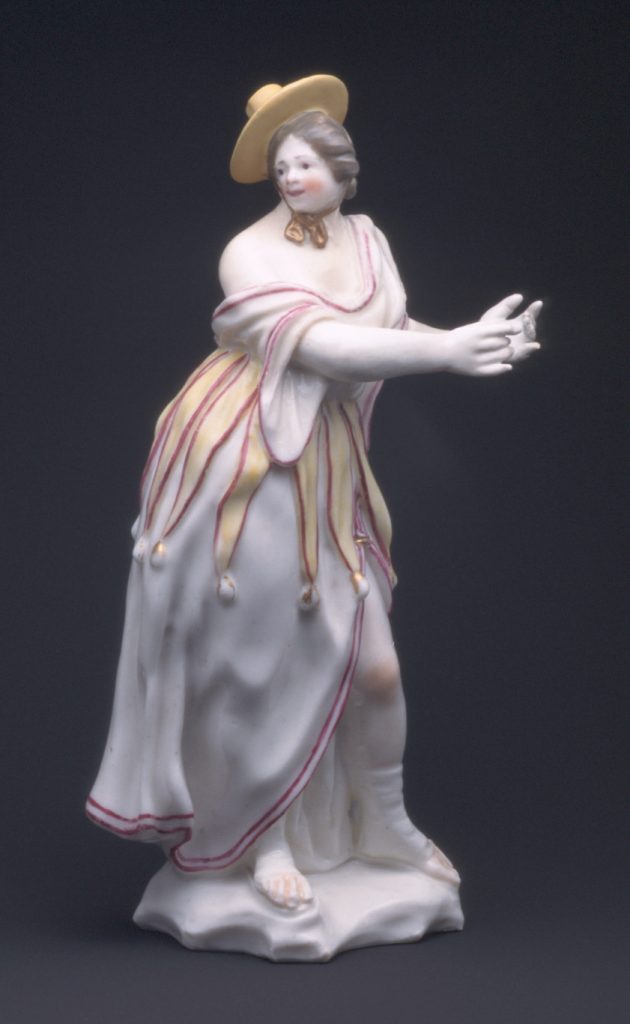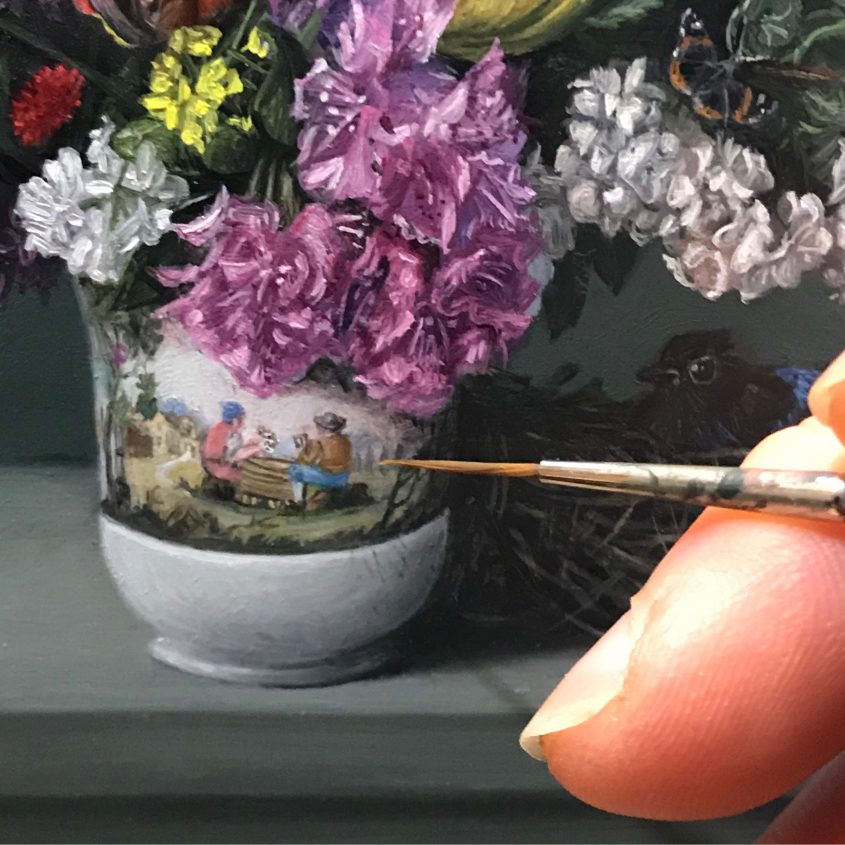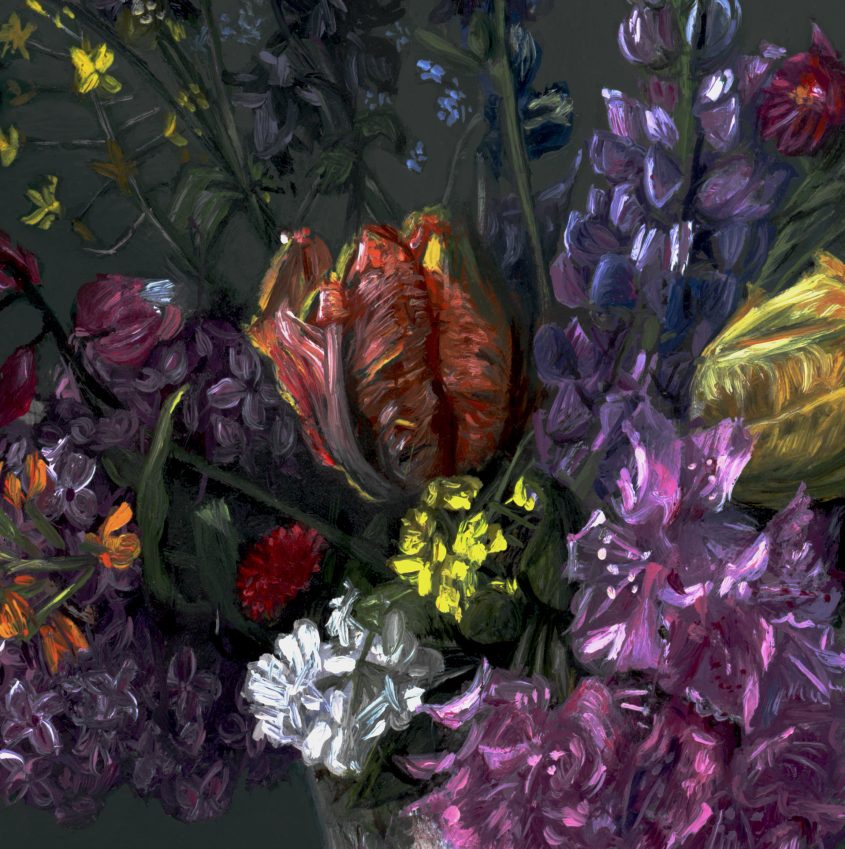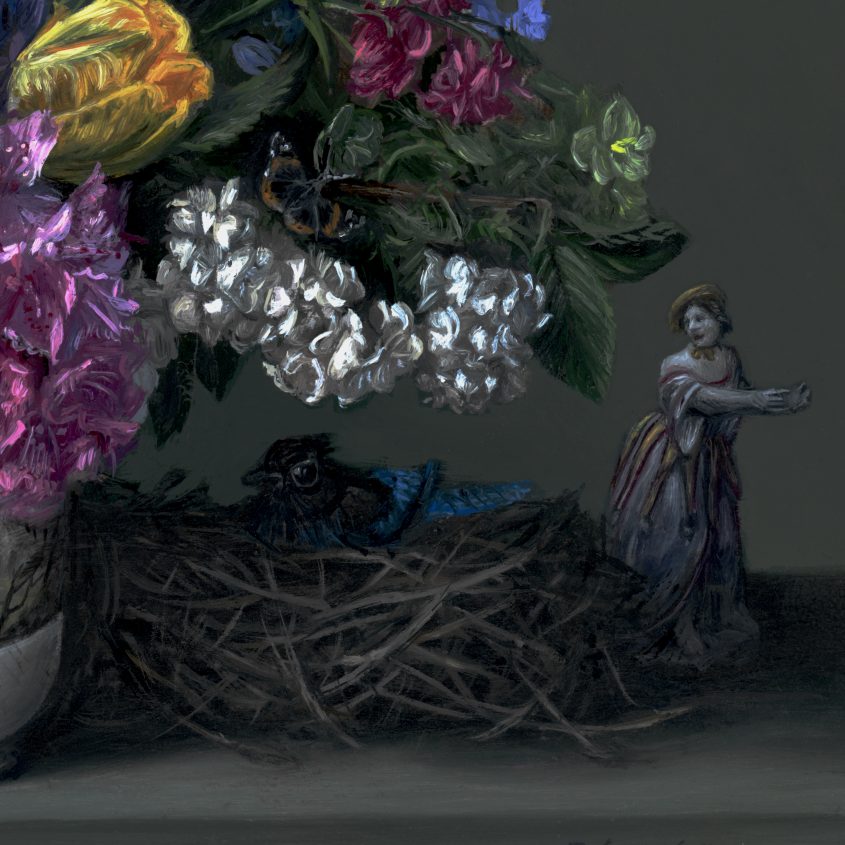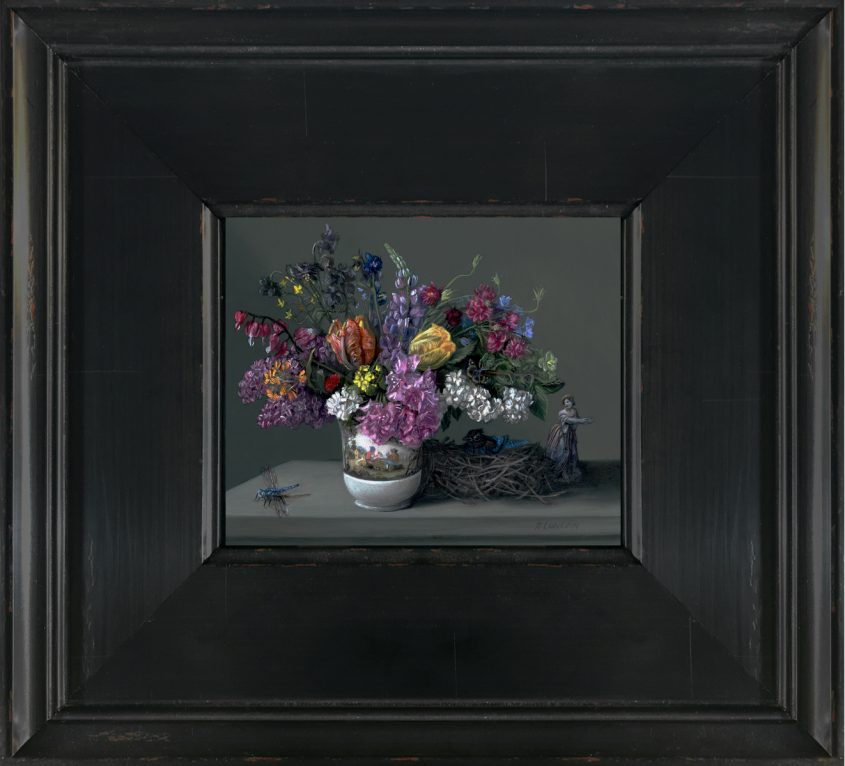Chasing Color No. 1
Chasing Color is a new series of miniature paintings that explores how a single hue can influence mood, memory, and meaning. Each piece centers around one dominant color, building a world from fruits, florals, porcelain, and wildlife. The technique is classical, inspired by Dutch Golden Age still life, but the stories are personal—drawn from my life, home, and history.
This first painting is a meditation on red: bold, passionate, and deeply rooted in memory.
A Cardinal’s Comfort
The cardinal has always meant “home” to me. Growing up in the Midwest, they were a familiar flash of color in winter trees, and even now, seeing one feels like a kind of homecoming. In this painting, the bird perches on a porcelain bowl inspired by an 18th-century Chinese piece from The Met. Its deep Sang de Boeuf glaze mirrors the cardinal’s feathers and also nods to my former life as a mountmaker at the Seattle Art Museum, where I spent 14 years working with pieces like this.
From My Garden
The other elements are more grounded—literally. Every fruit and flower came from my own garden. The cherries were from my tree’s final season; it died not long after, but not before gifting me the biggest harvest I’d ever had. I took dozens of reference photos (and baked two pies!) from that one harvest. Since cherries are often symbols of paradise, maybe it’s time I plant another.
A painted lady butterfly, emblem of transformation, rests on a leaf. We’ve raised and released three rounds of these butterflies from tiny caterpillars—it’s a magical process, and one I love sharing with my kids. The strawberries? Let’s just say I believe every garden should have them. Homegrown strawberries taste like a completely different fruit than the store bought variety.
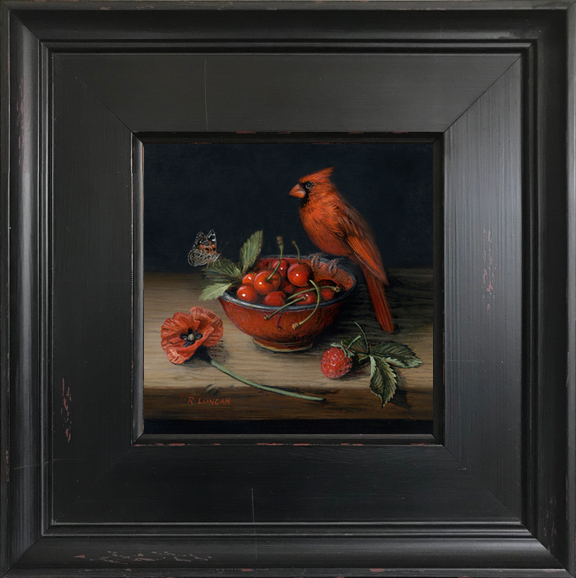
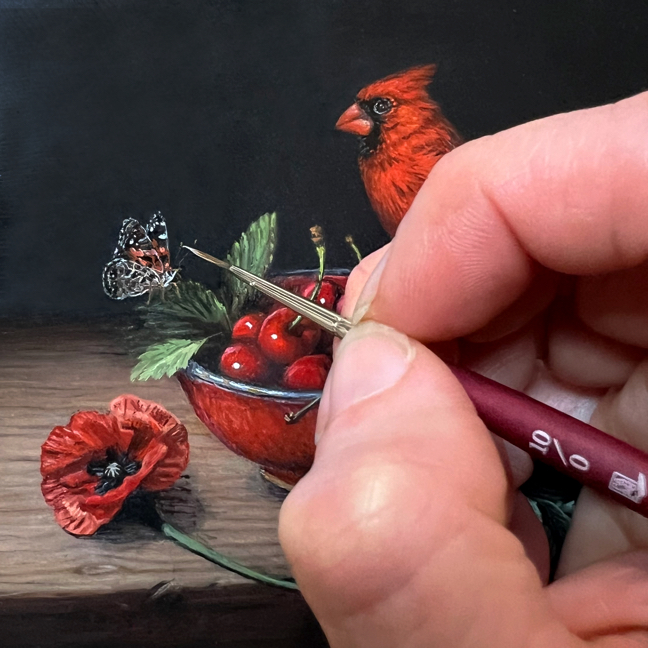
Generational Threads
And then there’s the poppy. My grandfather, who emigrated from Romania in the 1920s, loved poppies. My dad grew them in remembrance of him, and now I grow them for my dad. It’s a small tradition, but a meaningful one—and one that made its way into this painting.
It’s incredible how much can be packed into a 5 x 5″ space. Even a single strawberry can carry a story.
This piece, In the Company of Red, is now on its way to its new home in San Francisco. I hope it brings a little warmth, a little memory, and maybe a spark of connection to its new home.
